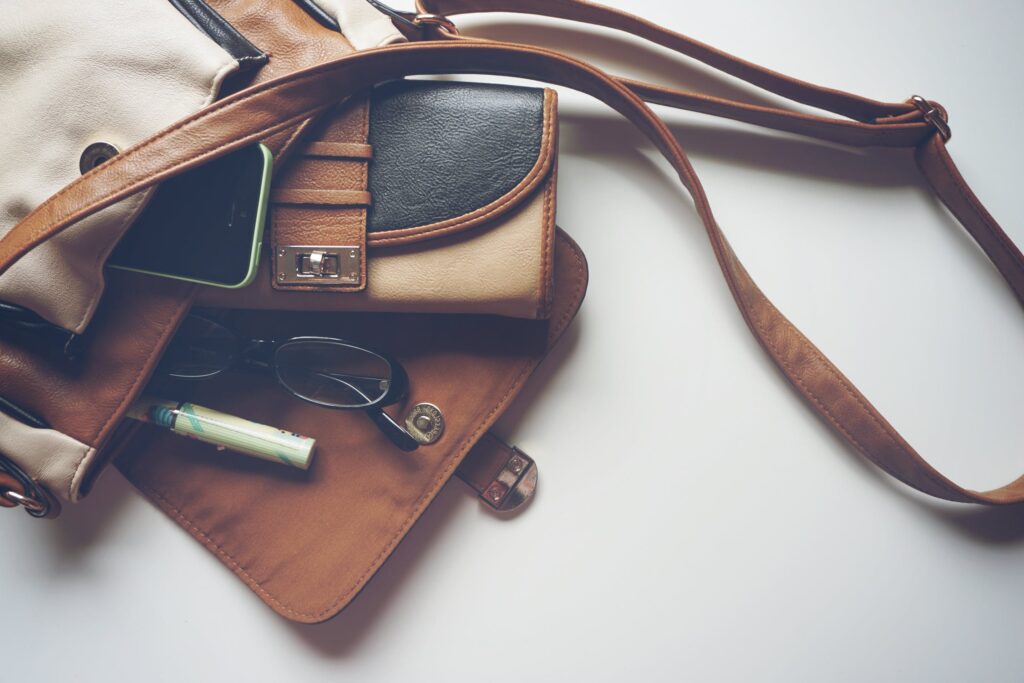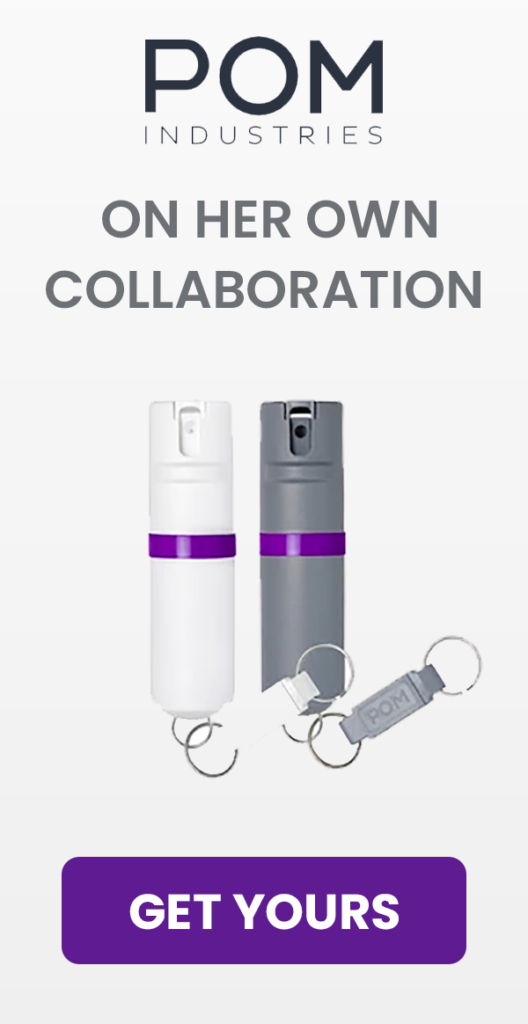
Everyday carry, EDC, is exactly what it sounds like: the things you bring with you wherever you go, whenever you go. It’s not exclusive to the gun world but includes at least one tool that’s intended for self-defense. The photos are often presented without context, as an artfully arranged collection of items laid out on a flat surface. It doesn’t get into the details about how how they’re strapped to the body, slid into a pocket, or stuffed into a bag. Indeed, they might not actually be, having only been put together for the photo op or only carried occasionally. Once you actually try to carry the full load-out yourself, you might discover it’s not as easy as implied by social media. My RECOIL Concealment column this month (my first one!) is about helping you navigate the bridge between social media EDC and what you should actually carry.
The biggest issue, and the one I want to dig into more, is that there are a lot of folks who carry a defensive weapon of some type, but haven’t really thought through actually using it. It might have been a gift, or something a friend or the Internet recommended. Sometimes the owner has trained or practiced with it, but often not or not very much. They assume that it is effective, with or without effort on their part. They’re certain that when they need it, they’ll be able to figure out how to get it out and how to use it, and they have no doubt that it will work as intended. They feel safer, but I suspect they are often no safer than if they simply carried a talisman. A talisman is a magical object, often charmed to protect the bearer who carries it. The idea is that simply having it with you will keep you safe. The mere fact of its existence is enough, as the aura emanating from it is thought to prevent harm. Sound familiar? So how can you make sure that you haven’t been tempted into talismanic carry with your own EDC? For defensive tools especially, there are three questions you must consider:
If the tool does everything it’s supposed to do, will it work? Some tools have relatively low chances of successfully stopping a bad guy quickly and effectively. It’s rare that you will find something that has never worked ever, but if you dig a little bit deeper you might find that the stories have some caveats. The tool might have been in the hands of a very big or strong defender, or one who had exceptional self-defense skills. The bad guy might not have been very determined, or have actually been stopped or scared off by another factor entirely. Many pain-, sound- or surprise-based tools in particular are reliant on psychological stops, meaning that they’ve made the bad guy decide he doesn’t want to continue hurting you. He might think you’re too much work, or that you’ve attracted too much attention, or that maybe you can do more injury to him. That’s good, but not as good as a tool that will physically force a bad guy to stop even if he really wants to keep going. It’s not that those tools will work 100% of the time either, but they will stack the odds in your favor, especially if you run across the bad guy who really wants to win. If you decide to continue carrying less effective tools, be well aware of their limitations and have the skills and plans to adjust for them.
Are you able to access the tool and use it correctly? A gun will do you little good if the grip buried inside a pocket or under layers of clothing that you are unable to move out of the way quickly so that you can draw it against a bad guy. A pepper spray can’t work from the depths of your purse, mixed in with your lipstick, a pack of chewing gum, a bottle of ibuprofen, and a couple of pens that all leap into your hand when you’re digging around in there. An impact weapon of any type only works if you have the fighting skills to back it up, to actually make the weapon impact the bad guy how and where it counts, much like a gun only works if you can make hits on the body parts that will make a bad guy stop swiftly. After all, it’s not just a question of whether the tool is capable, it’s whether you are capable with the tool. Equipment recommendations rarely come with discussion about what you need to do to carry them in usable way and to attain competency with them, let alone the high levels of skill that can be necessary in an opposed fight against an opponent who may be larger or more motivated than you. It’s on you to figure out if you can incorporate them into your regular wardrobe, and employ them effectively.
Have you thought through the practical and legal downsides of the tool? The problem comes up with guns quite often, because the skill of comfortable concealment isn’t understood as separate from knowing how to safely use a holster and firearm, sometimes requiring a steep learning curve and clothing changes, or leading to potentially dangerous compromises like off-body carry in an inappropriate bag or with insufficient security for the bag. They might also be illegal or against policy to bring into specific places, and you need to understand the consequences that can follow if you do it anyway. That’s also true of other tools that may be locally restricted, or that may constitute lethal force even if that is not your intent at the time. Not everyone who carries knives, pointy kubatons, or similar has considered that they are subject to the same legal requirements as shooting someone: truly imminent, truly unavoidable threat of real death or serious bodily injury. The penalty for using them when not legally justified might be a felony conviction and prison, and that might not be worth it to you.
It’s not that talismans are necessarily a bad thing all by themselves. Symbolic jewelry may remind you of your faith, or a special rock of a special time with loved ones. They may help ground your courage and remind you to act according to your ideals. All of these and more are positives, but there can be downsides to carrying talismans too. Talismanic carry can make you over-confident and willing to take risks that you can’t actually manage, even cause you to end up in more danger from the talisman itself than what it was you were protecting yourself against. You might be spending a lot of money and making a lot of effort to carry around something that won’t help you and might hurt you. You deserve better.




